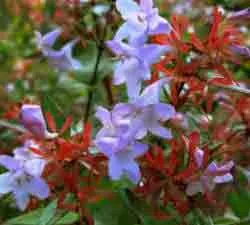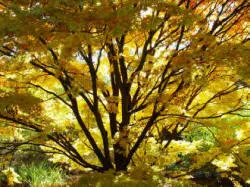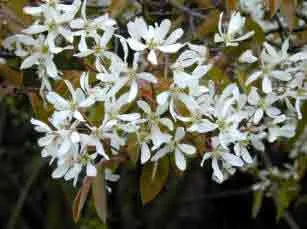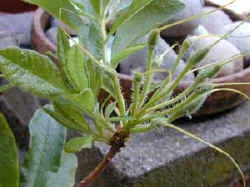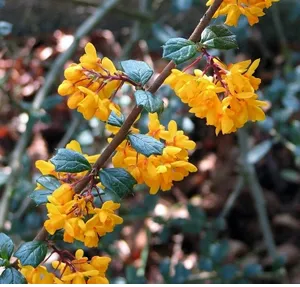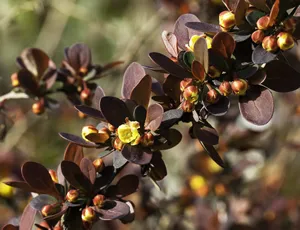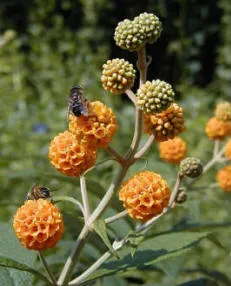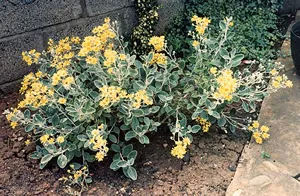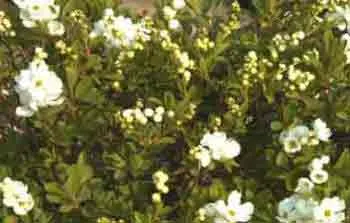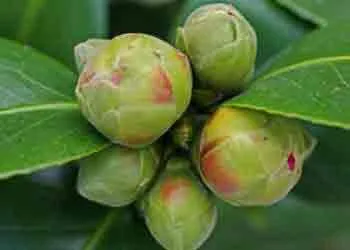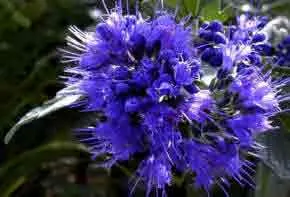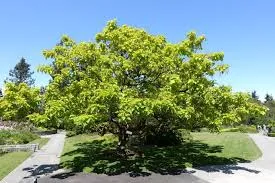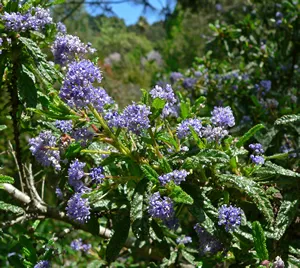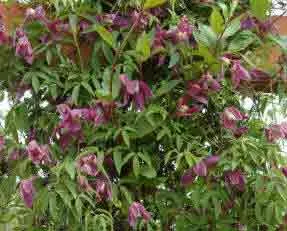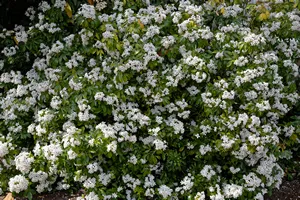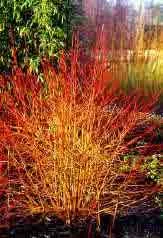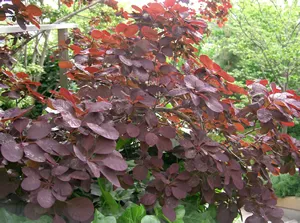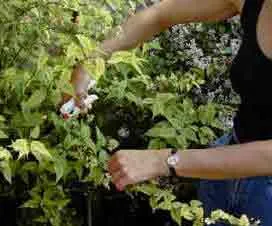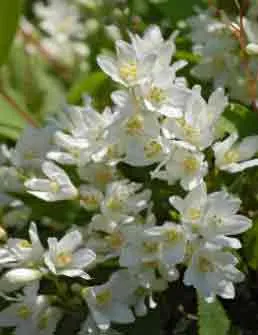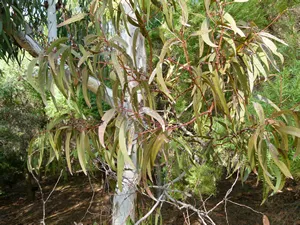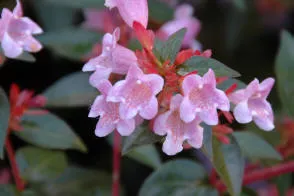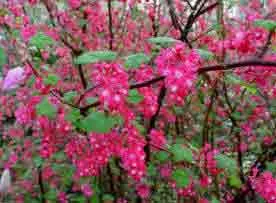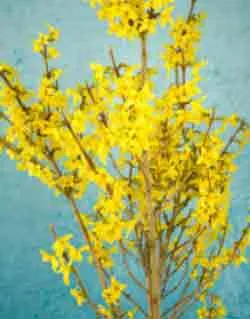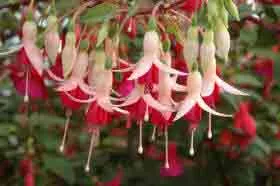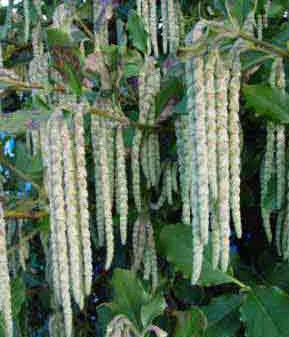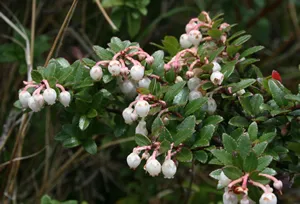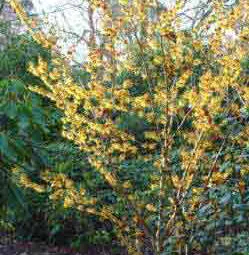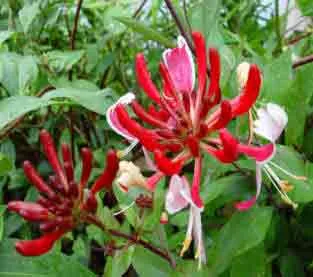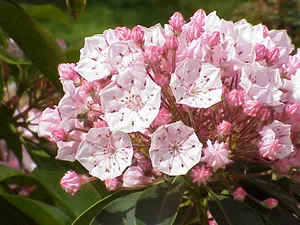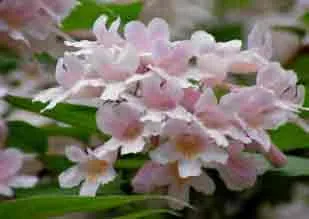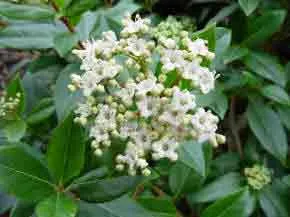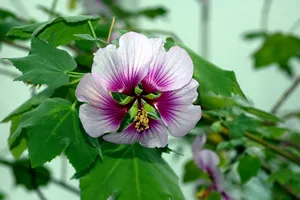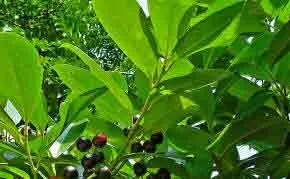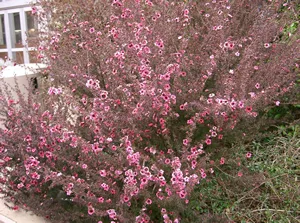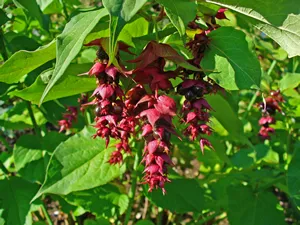Garden pests and Aphids in particular, seem to just simply appear from nowhere. Most of them have a simply life cycle - or rather, they lead quite a simple life, which allows them to thrive - or at least survive.
The Blackfly Aphid - also known as the Black bean Aphid -is one such garden pest that regularly appears on certain plants at specific times of the year.
Knowing a little about how Blackfly lives its life, is useful in allowing us to be prepared for the invasion that so often happens, or even prevent the invasion of these sap sucking pests happening in the first place.
In studying the Life habit of a Blackfly Aphid, you don't have to know too much about biology. In fact, they lead quite a simple life in a chain of events which allow them to survive. thrive even!
The Blackfly has adapted itself over many years, to life based upon our gardening habits and methods. Whether or not it will change further if we break into its life cycle remains to be seen. Here's some insight about its life!
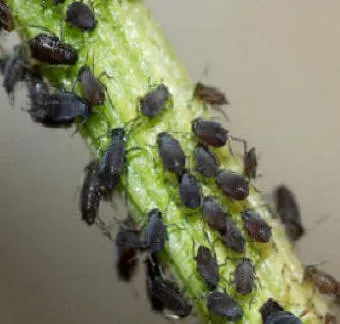
The first we know about the Blackfly, is when it suddenly appears on various crops to which it is particular - at various times of the year. In fact, it depends for survival on some very specific gardening events happening. Those events, we as gardeners are happy to stage, often oblivious to the fact that most things we do, have an to the macro environment of our garden.
Where does the life cycle of a Blackfly start? A bit like asking about the chicken and the egg! So let's start at the point where it first becomes visible - a pest no less!
